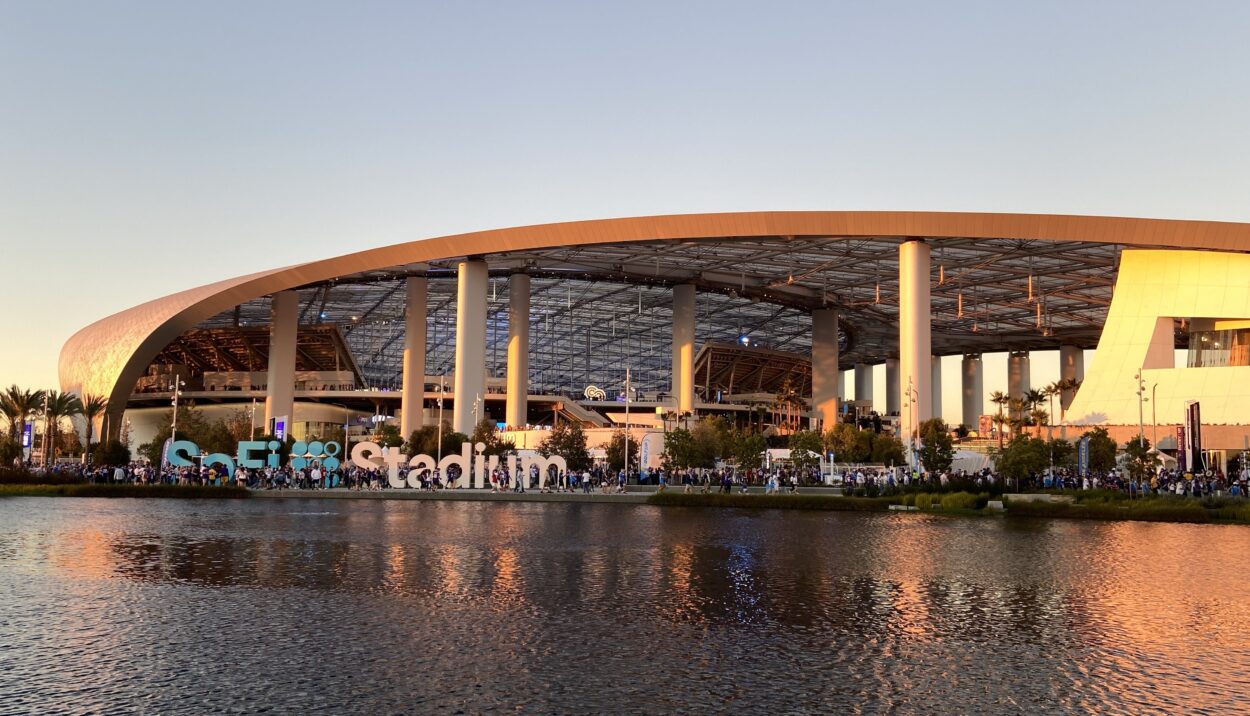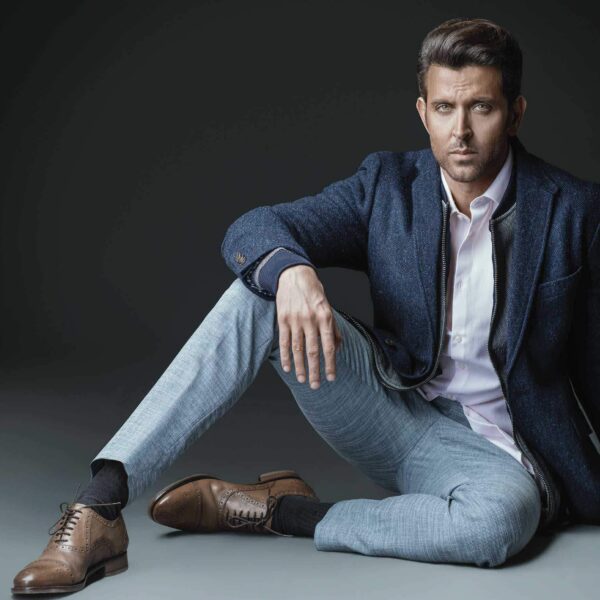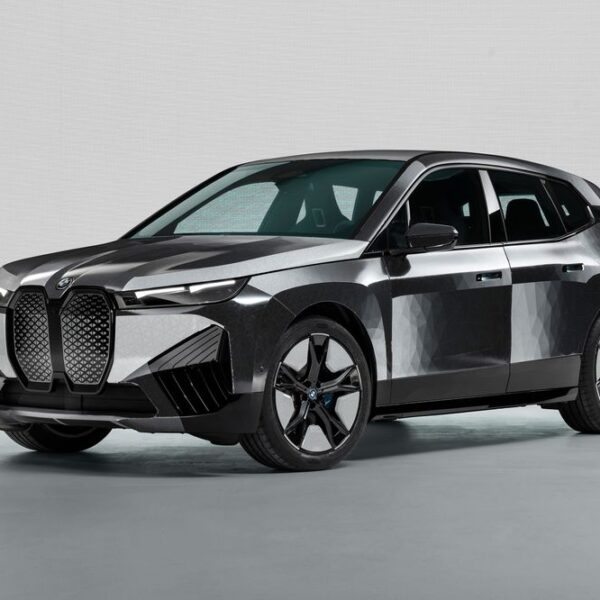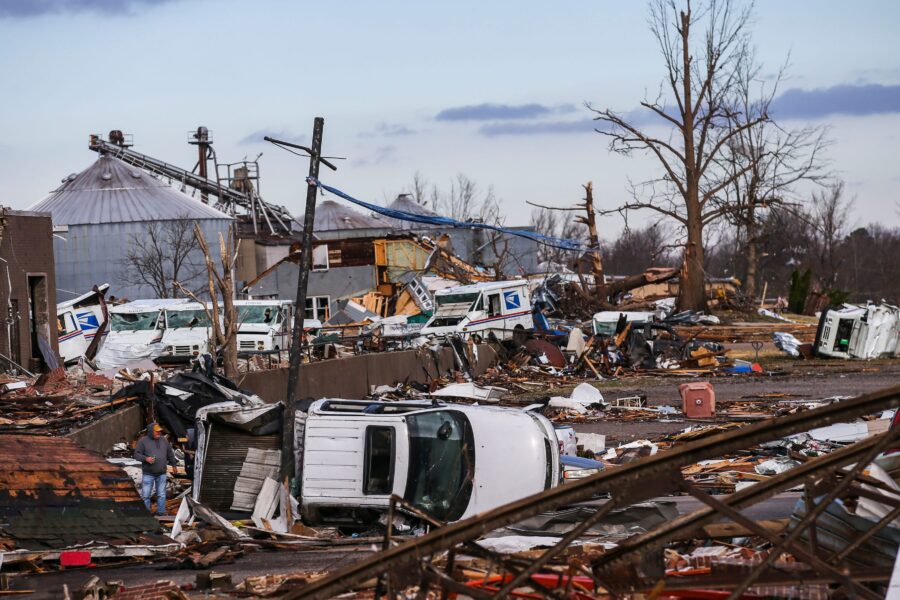The Buffalo Bills are seeking a new $1.3 billion National Football League stadium. The Chicago Bears are spending $197 million to acquire land that could eventually be their new home.
FedEx Field is falling apart, and Washington Football Team is lobbying for a new stadium in Virginia. A few Major League Baseball teams, including the Kansas City Royals, Oakland Athletics, and Tampa Bay Rays, want new parks.
In the National Basketball Association, the Los Angeles Clippers have already started to build their $1.2 billion arena. The Philadelphia 76ers are angling, the Dallas Mavericks could be lurking. And then there’s the National Hockey League with the Phoenix Coyotes.
Teams are are seeking venue upgrades and could invest more than $10 billion for development by 2030. The bigger U.S. sports leagues have already secured national media revenue, so now teams want to increase revenue in other areas. New and revamped arenas are one way they can.
Sports clubs can attract lucrative naming rights and sponsorship deals with new buildings. There’s also a potential real estate play, with franchises including the Atlanta Braves and Milwaukee Bucks using their new buildings as anchors for massive real estate projects. That development helps generate even more money for teams.
Still, there remains a debate about who should fund sports projects, and what will be different in a post-pandemic environment.
CNBC spoke to executives about the sports stadium and arena landscape and what’s to come.
Smaller venues, more experiences
In the last 20 years, teams maximized arena revenue by adding larger corporate suites, club, and general admission seating. However, the ongoing Covid pandemic is changing that thinking.
Bill Mulvihill, the head of U.S. Bank sports and entertainment group, assisted in financing the Los Angeles Rams SoFi Stadium, which cost $5 billion. He echoed others who predict smaller venues on the horizon for the next generation of stadiums and arenas.
Mulvihill said more clubs are creating plans for in-arena spectators and TV viewers. “The idea is to have some unique fan experiences, not just drive up the total number of people in your building,” he said.
“I think the talk and the trend are smaller capacities overall when talking about arenas,” added Rob Tillis of investment firm Inner Circle Sports. “The bigger NFL stadiums will maintain large capacity.”
To enhance the value proposition of attending games, you may notice your favorite team is leveraging seating experiences like the NFL’s field-level suites. The Texas Rangers incorporated new seating options for Globe Life Field – their $1.2 billion ballpark. It includes suites on the field and two field-level lounges along the first and third baseline.
CNBC took a tour of the Rangers’ new park last August.
The field suites were pretty enjoyable, and sitting in the lounges felt like watching a baseball game while at a local sports bar with the field actual field nearby.
“These new buildings are focused more on providing a variety of premium seating projects to meet the demands of the market,” said Dan Barrett, president at CAA Icon, the stadium and arena planning division of agency CAA Sports.
“We’re competing against the 80-inch television in your living room,” said New York Islanders owner Jon Ledecky, who in November 2021 opened the $1 billion UBS Arena.
“All these new arenas will have to give fans a reason to get up – go to their car and come to the event. If we don’t have a first-class experience, they’re going to watch the game at home,” Ledecky added.
To paint a picture of future experiences, Mulvihill pointed to Madison Square Garden and New York Knicks owner James Dolan’s project in Las Vegas. The MSG Sphere, a $1.8 billion entertainment venue, will feature tech that allows spectators to hear concerts in different languages and an infrasound haptic system – a vibrating floor.
“I think some of the ideas he’s talking about, how to view a concert in a different way, could carry over to the sports space,” Mulvihill said. “If that technology is slick and works, it could be transferrable to other venues.”
Sustainability, grab-and-go technology
UBS Arena was built during the pandemic, which caused delays. But development firm Oak View Group rose to the challenge and invested $2 million in germ-killing air flirtation systems, something more teams will consider installing.
Another 2021 Oak View project is Climate Pledge Arena in Seattle, where the NHL’s Kraken play. Executives praised the Kraken’s new home, noting it’s carbon-neutral and powered by solar and electricity.
“Almost every arena will try to be carbon-neutral going forward,” said Oak View CEO Tim Leiweke. “I think you’re going to see more of a commitment toward sanitation.”
The arena also uses grab-and-go tech from Amazon that lets customers pay for items automatically without having to check out with a cashier. (Amazon pioneered this technology in some of its convenience and grocery stores.)
Barrett from CAA Icon — which oversaw Climate Pledge and the Golden State Warriors’ Chase Center in San Francisco — thinks facial recognition tech, automated concessions, and robotics will also expand.
“Climate Pledge and [Chase Center] have set the bar high from a technology standpoint, fan engagement, and fan experience,” he said. “That’s until the Clippers building comes online. I’m sure given Ballmer’s background, he’ll want [Intuit Dome] to be the model going forward.”
Intuit Dome will include a double-sided Halo video board with 44,000 square feet of LED lights and use walk-out tech for concessions.
“In five to 10 years when Ballmer is done, some of the older buildings are going to look really old, really quickly,” said Tillis. “They’re going to look like dinosaurs and won’t have the additional revenue-generating capabilities.”
But who pays the bill?
Technological enhancements aside, there are still debates surrounding who should fund sports venues.
In 2016, the Brookings Institute published a paper against using public dollars to fund stadiums. The report estimated from 2000 to 2014, more than $3 billion in tax revenue was lost on tax-exempt municipal bonds used to finance pro sports venues.
Leiweke, who aligned the Islanders with private money to build UBS Arena, agrees that it’s best to avoid public funds.
“Municipalities and states need to be spending their money on schools, education, transportation, and life safety,” said Leiweke. “Now there is an ever-evolving thinking going on about how we [privately] finance these buildings and operate these teams to find new revenue streams going forward,” he added.
In most circumstances, teams have leverage when soliciting public dollars, and sometimes threaten to relocate if they don’t get the money. That can hurt local economies. But after St. Louis sued the Rams for departing in 2016 – receiving a $790 million settlement – teams will probably think twice before relocating.







Leave a Comment